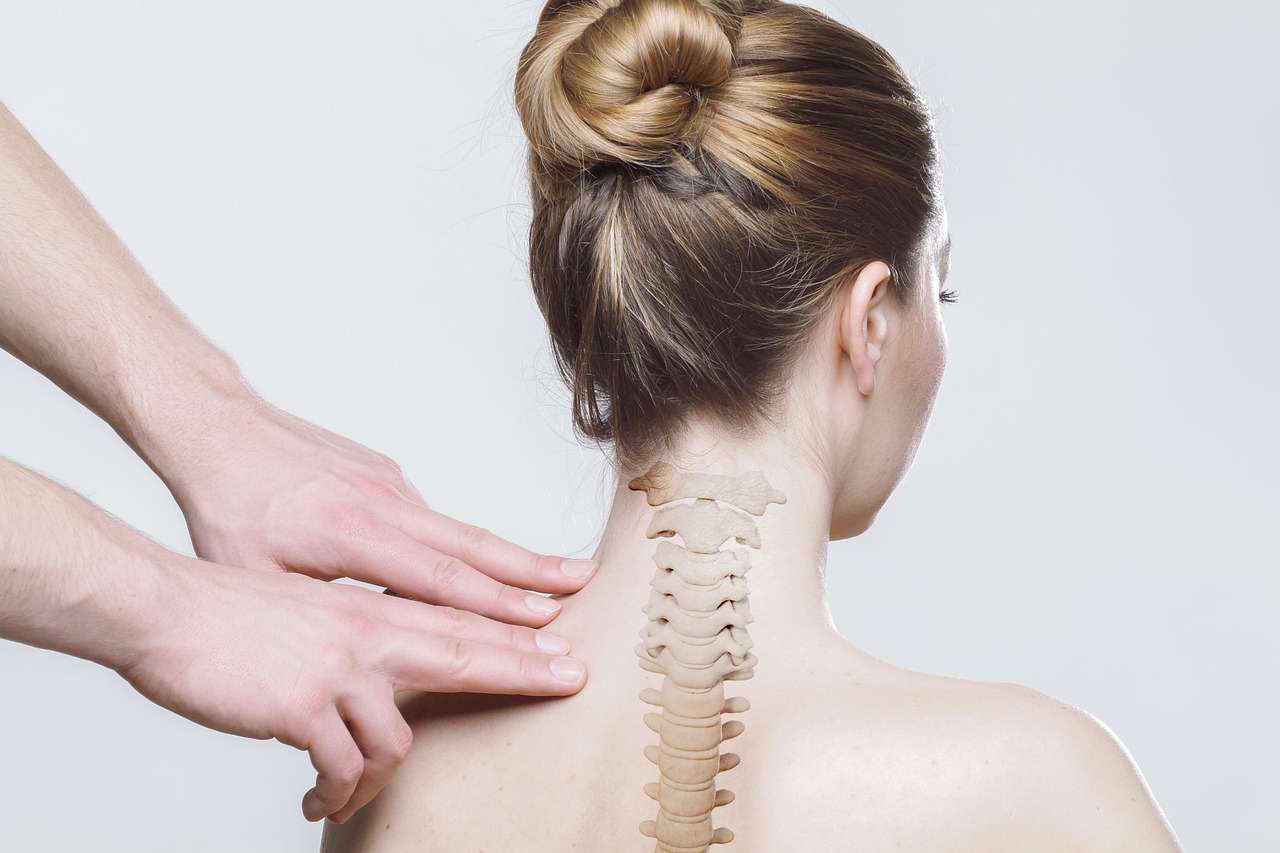Unravelling Scoliosis – Causes, Types, Symptoms, and Strategies for Management
Abnormal curvature of the spine is a health condition that affects millions of individuals. According to the Australian Bureau of Statistics, a significant population in Sydney lives with it. This translates to thousands of people grappling with the challenges associated with abnormal spinal curvature. It is estimated that the affected adolescents in Sydney have some degree of scoliosis, requiring varying degrees of management and intervention.
Understanding this condition’s causes, types, symptoms, and management strategies is crucial for those affected and their healthcare providers. In this article, you can delve deep into the complexities of this disease, shedding light on its various aspects, including scoliosis treatment in Sydney.
Causes of Abnormal Spinal Curvature:
The exact cause remains unknown in most cases. However, it can develop due to factors such as genetics, muscle imbalances, or abnormal bone development. Other potential causes include congenital abnormalities or neuromuscular conditions affecting the nerves and muscles that support the spine. Many research reports suggest that genetics plays a significant role in the development of this spine condition. Muscle imbalances can also contribute to the abnormal curvature of the spine. Weakness or asymmetry in the muscles supporting the spine can lead to an uneven distribution of forces, causing the spine to curve abnormally.
Identifying Symptoms and Warning Signs:
Detecting scoliosis in its early stages is vital for time management. Visible signs may include uneven shoulder or hip levels, an asymmetrical waistline, or a tilted head position. Back pain, muscle stiffness, or fatigue may also be present, particularly in more advanced cases.
Parents should be vigilant in observing their child’s posture and physical appearance. Regular checks for asymmetry or unusual curvature of the spine can help detect it early.
Diagnostic Process and Screening:
Routine screenings during growth and development periods are essential for identification. Healthcare providers conduct physical examinations to assess spinal alignment and may request X-rays or other imaging tests to confirm the diagnosis and measure the curvature’s severity. During a physical examination, the healthcare provider may also measure the curvature using Adam’s forward bend test, where the individual bends forward while the healthcare provider examines the spine’s alignment. X-rays or other imaging tests may be ordered to assess its severity.
Treatments
Addressing scoliosis requires a comprehensive approach tailored to each individual’s needs. Orthopaedic specialists and physical therapists play crucial roles in managing the condition.
- Bracing: Orthotic braces are commonly used to prevent the progression of spinal curvature, particularly in growing children and adolescents. These custom-fitted braces help support the spine, correct alignment and encourage proper growth. The brace is worn for a specified period each day to gradually influence the spine’s position and prevent further curvature progression.
- Physical Therapy: Targeted exercises and stretches prescribed by physical therapists can help strengthen the muscles supporting the spine and improve overall posture. These exercises aim to increase flexibility, enhance core stability, and alleviate associated pain or discomfort.
- Surgical Interventions: In severe cases, surgical procedures may be considered to correct the curvature and stabilise the spine. Surgeons utilise various techniques, such as spinal fusion, instrumentation, or vertebral column resection, depending on the patient’s specific needs. Surgical intervention is typically reserved for cases where the curvature is severe, progressing rapidly, or significantly affecting the individual’s quality of life.
Conclusion:
Understanding this abnormal curvature of the spine, its causes, types, symptoms, and scoliosis treatment in Sydney are crucial for individuals and their healthcare providers. The condition involves a multidisciplinary approach encompassing bracing, physical therapy, and surgical interventions when necessary. Individuals can navigate their journey toward optimal spinal health and overall well-being by focusing on early detection, timely intervention, and a comprehensive management plan.

